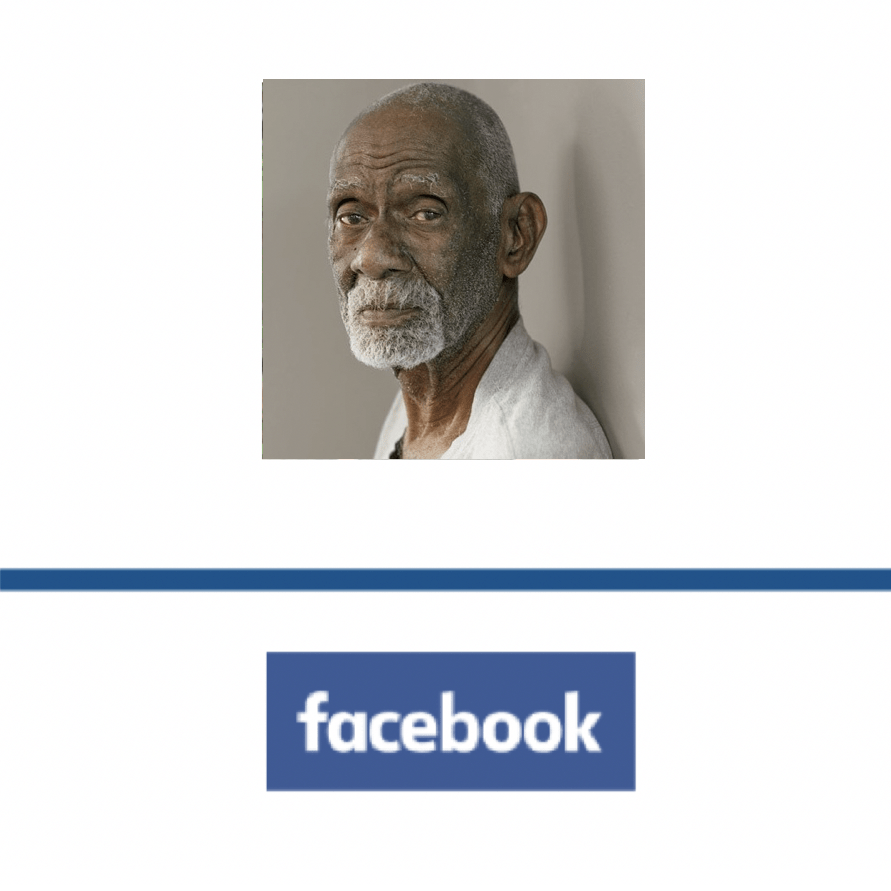

BEHAUPTUNG: “After I cured my 13th AIDS patient, my mother said ‘They're gonna get you’ and I said ‘What do you mean they're gonna get me?’"
REVIEW
Acquired immunodeficiency syndrome (AIDS) is a chronic and potentially life-threatening condition caused by the human immunodeficiency virus (HIV) that infects immune cells. AIDS is the last stage of HIV infection, when the virus has damaged the immune system to such an extent that it can no longer fight off certain illnesses and infections that a functioning immune system can control.
The first cases of AIDS were reported in the scientific literature in 1981. Since then, an estimated 32.7 million people have died from AIDS-related illnesses [1]. When first identified, an HIV diagnosis was seen as a death sentence, but with the advent of antiretroviral therapy, a combination of drugs that targets HIV and suppresses its replication, individuals with HIV and access to antiretroviral therapy live longer and healthier lives.
Antiretroviral therapy, however, doesn’t cure HIV. Antiretroviral therapy prevents the virus from replicating and keeps it from infecting new cells, but it has no effect on already-infected cells. If an individual stops taking antiretroviral therapy, HIV will resume producing new copies of itself, potentially damaging their immune system and progressing to AIDS. Therefore, individuals must take antiretroviral therapy for the rest of their lives.
An HIV/AIDS cure would need to identify and target these already infected cells, which are referred to as the latent reservoir. The latent reservoir is considered the main barrier to an HIV cure because as long as this reservoir of HIV-infected cells remains an individual cannot be considered cured and must remain on antiretroviral therapy [2].
Despite the lack of a viable cure, fake cures for HIV/AIDS have persisted throughout the AIDS epidemic. These fake cures don’t just provide false hope for HIV patients, they’re also harmful, because they can keep patients from routinely taking antiretroviral therapy.
A 2019 post on Facebook that was recently re-shared includes a quote from the late self-proclaimed healer Alfredo Bowman, commonly known as Dr. Sebi although he had no medical or scientific training, where he mentioned a warning he got from his mother after he cured his “13th AIDS patient.” Bowman’s claim of curing AIDS patients is unsupported by any evidence. Such an extraordinary claim would need evidence since there is no known effective cure for HIV/AIDS.
Bowman, who was sued by the State of New York for consumer fraud and had to refrain from making claims related to diseases, asserted that an alkaline food diet could cure AIDS. pH is a scale that describes how acidic a substance is; the scale goes from 0 (most acidic/least alkaline) to 14 (least acidic/most alkaline). A 2019 article by McGill University’s Office for Science and Society explained that Bowman’s claims was based on the idea that an alkaline diet was “necessary to control the acid in our body, and that maintaining this alkaline state protects us from mucus build-up, which causes disease”.
In reality, it’s exceedingly difficult to alter the body’s pH. As explained in a previous Health Feedback review, the normal pH of the blood hovers between 7.35 and 7.45 and is largely determined by our lungs and kidneys, which work hard to keep our pH in that narrow band. A more acidic or alkaline diet may increase the work our bodies have to do in order to maintain the blood pH in the optimal range, but food has no impact on the body’s pH.
As such, not only does an alkaline diet not impact the body’s pH, but it’s also very unlikely that changing diet alone would be able to eliminate the latent reservoir, where HIV remains dormant but still capable of resuming replication. Current strategies under investigation for removing the latent reservoir involve combinations of therapies such as gene therapy, immune stimulants, vaccines and antibodies.
In summary, there is currently no effective cure for HIV. Bowman’s claim that an alkaline food diet could cure AIDS is incorrect and potentially harmful, since individuals who believe this claim may stop taking antiretroviral therapy and could worsen their infection.
REFERENCES
- 1 – Centers for Disease Control. (1981) Pneumocystis pneumonia — Los Angeles. Morbidity and Mortality Weekly Report.
- 2 – Elsheick et al. (2019) Deep latency: a new insight into a functional HIV cure. EBio Medicine.


